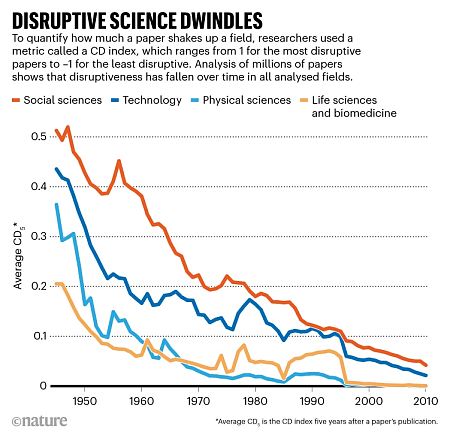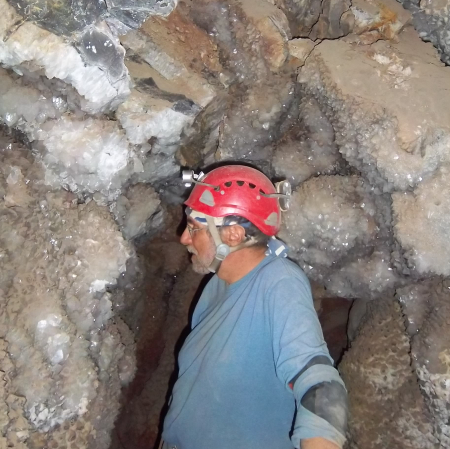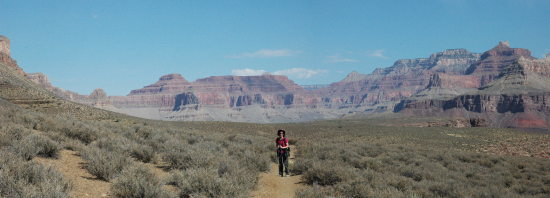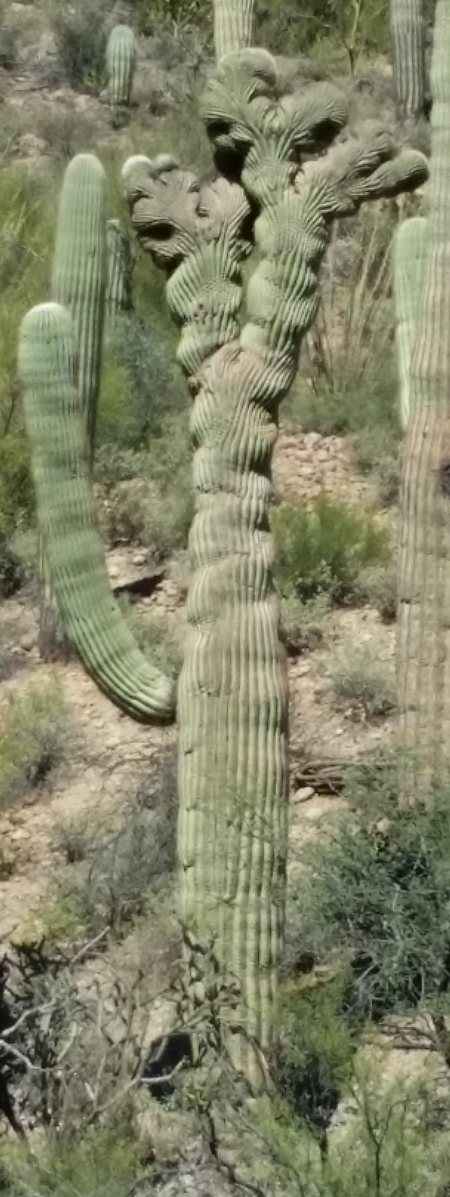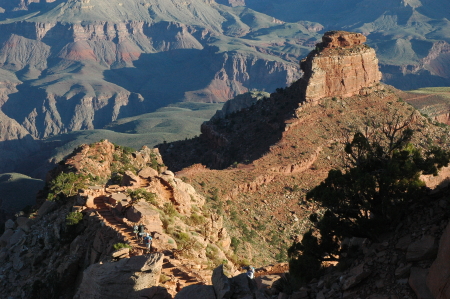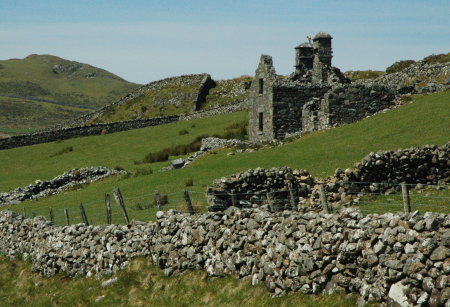Bones of the biggest ever whale species possibly found?
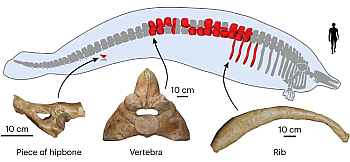
The uncertainty of science: Paleontologists have discovered a portion of the skeleton of what they claim might be the biggest and heaviest animal ever found, a whale that potentially grew to be as much as twice as big as a blue whale, the largest living species previously known.
A newly described fossilized whale named Perucetus colossus, dating to roughly 38 million years ago, might have been heavier than a blue whale, even if it was not as long. Blue whales, which are endangered, weigh about 100 to 150 tonnes, although some might be as heavy as 200 tonnes. Perucetus colossus was between 85 and 340 tonnes, according to the scientists who found and described the remains: 13 vertebrae, 4 ribs and a bit of pelvis. Their best-guess estimate is that the whale was around 180 tonnes. This mind-boggling mass is the result of its bones, which were big and dense — an evolutionary adaptation that helped it to dive.
The graphic to the right shows the discovered bones in red, with the rest of the theorized skeleton indicated in grey. Only in the article’s next-to-last paragraph does Nature recognize this very very very large uncertainty:
The team chose to create a visual reconstruction of what the whale might have looked like, basing the head on skulls of related basilosaurid species, but they caution that some of the details are speculative. It could have been skinnier. But it also could have been quite a bit longer or fatter, [co-author Eli] Amson says.
In other words, they presently have no idea what the species actually looked like, or how big it actually was. It very well could have been much shorter and thinner than proposed. It appears therefore they chose to highlight the largest possible size to garner the biggest press coverage — which of course they are getting.

The uncertainty of science: Paleontologists have discovered a portion of the skeleton of what they claim might be the biggest and heaviest animal ever found, a whale that potentially grew to be as much as twice as big as a blue whale, the largest living species previously known.
A newly described fossilized whale named Perucetus colossus, dating to roughly 38 million years ago, might have been heavier than a blue whale, even if it was not as long. Blue whales, which are endangered, weigh about 100 to 150 tonnes, although some might be as heavy as 200 tonnes. Perucetus colossus was between 85 and 340 tonnes, according to the scientists who found and described the remains: 13 vertebrae, 4 ribs and a bit of pelvis. Their best-guess estimate is that the whale was around 180 tonnes. This mind-boggling mass is the result of its bones, which were big and dense — an evolutionary adaptation that helped it to dive.
The graphic to the right shows the discovered bones in red, with the rest of the theorized skeleton indicated in grey. Only in the article’s next-to-last paragraph does Nature recognize this very very very large uncertainty:
The team chose to create a visual reconstruction of what the whale might have looked like, basing the head on skulls of related basilosaurid species, but they caution that some of the details are speculative. It could have been skinnier. But it also could have been quite a bit longer or fatter, [co-author Eli] Amson says.
In other words, they presently have no idea what the species actually looked like, or how big it actually was. It very well could have been much shorter and thinner than proposed. It appears therefore they chose to highlight the largest possible size to garner the biggest press coverage — which of course they are getting.

